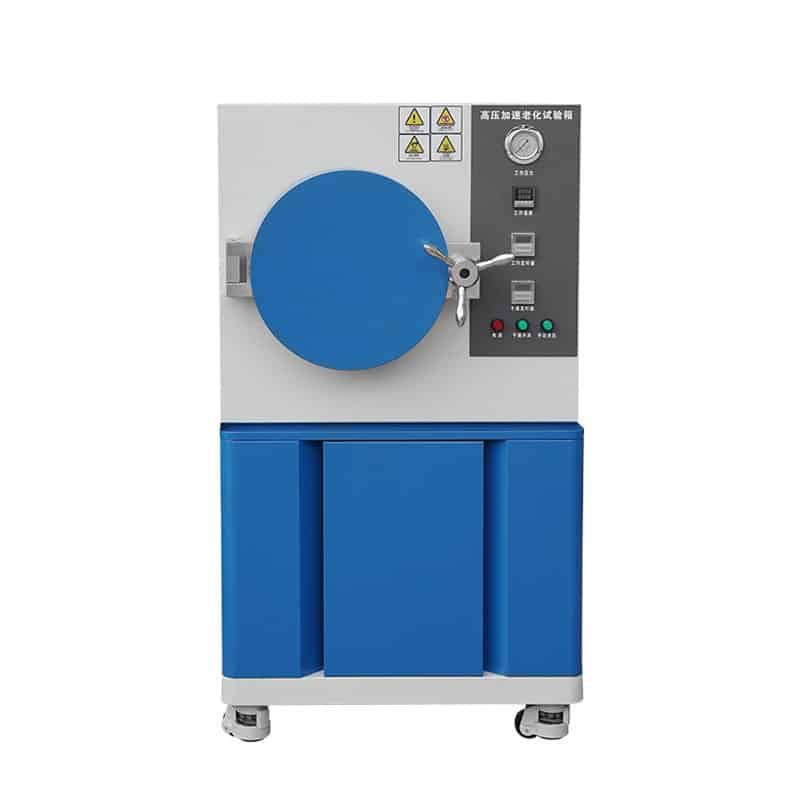As concern for environmental sustainability grows, industries around the world are seeking ways to reduce energy consumption and minimize their carbon footprint. Environmental test chambers, commonly used for product testing and research purposes, can also contribute to energy efficiency efforts. In this article, we will explore the importance of energy efficiency in environmental test chambers and discuss strategies and technologies that can be employed to achieve this goal.
1. Energy-Saving Design and Construction
The design and construction of environmental test chambers can play a significant role in their energy efficiency. Chambers constructed with high-quality insulation materials can minimize heat transfer, reducing the energy required to maintain stable temperatures inside the chamber. Additionally, chambers with well-sealed doors and access ports prevent the loss of conditioned air and improve energy efficiency by reducing the workload on the HVAC systems.
2. HVAC System Optimization
The heating, ventilation, and air conditioning (HVAC) system of an environmental test chamber is a key component that determines its energy consumption. Employing energy-efficient HVAC systems, such as variable-speed compressors and fans, can drastically reduce energy usage while still maintaining precise temperature and humidity control. By optimizing the HVAC system's performance through regular maintenance, calibration, and upgrades, energy loss can be minimized, leading to increased energy efficiency.
3. LED Lighting Technology
Traditional lighting systems in test chambers consume a significant amount of energy. By replacing conventional lighting sources with energy-efficient LED lights, energy consumption can be substantially reduced. LED lights use less electricity, have a longer lifespan, and generate less heat, contributing not only to energy savings but also to the overall energy efficiency of the test chamber.
4. Sensor Technology and Automation
The integration of advanced sensor technology and automation can further enhance energy efficiency in environmental test chambers. By using sensors to monitor real-time temperature and humidity conditions, the HVAC system can be automatically adjusted to maintain optimal conditions within the chamber. This reduces energy waste by eliminating the need for constant manual adjustments and ensures precise control without unnecessary energy consumption.
5. Energy Management and Monitoring Systems
Implementing energy management and monitoring systems allows constant tracking and analysis of energy usage in environmental test chambers. These systems can identify energy-intensive processes or components and provide insights on areas for improvement. By utilizing this data, operators can make data-driven decisions and implement energy-saving measures, ultimately increasing the overall energy efficiency of the test chamber.
6. Continuous Improvement and Training
Regular training and education of test chamber operators on energy-saving practices and technologies are crucial for maximizing the energy efficiency of environmental test chambers. Operators should be aware of best practices such as minimizing door openings, properly sealing access ports, and utilizing energy-saving functions and settings. By fostering a culture of energy consciousness, continuous improvement can be achieved, leading to increased energy efficiency over time.
7. Importance of Energy Efficiency
Investing in energy efficiency in environmental test chambers is not only beneficial to the environment but also to companies themselves. Reduced energy consumption leads to lower operational costs and improved sustainability credentials. Energy-efficient test chambers can also position companies as leaders in their respective industries, attracting environmentally conscious customers and increasing their competitive edge.
Conclusion
Energy efficiency is a critical consideration for environmental test chambers, allowing companies to reduce their environmental impact and operational costs. Through energy-saving design, optimization of HVAC systems, LED lighting technology, sensor integration, and energy management systems, test chambers can achieve significant energy savings without compromising the accuracy and reliability of test results. Continuous improvement and training ensure that energy-efficient practices are consistently implemented. By prioritizing energy efficiency in environmental test chambers, companies can align their operations with sustainability goals while reaping benefits such as cost savings and enhanced market reputation.


